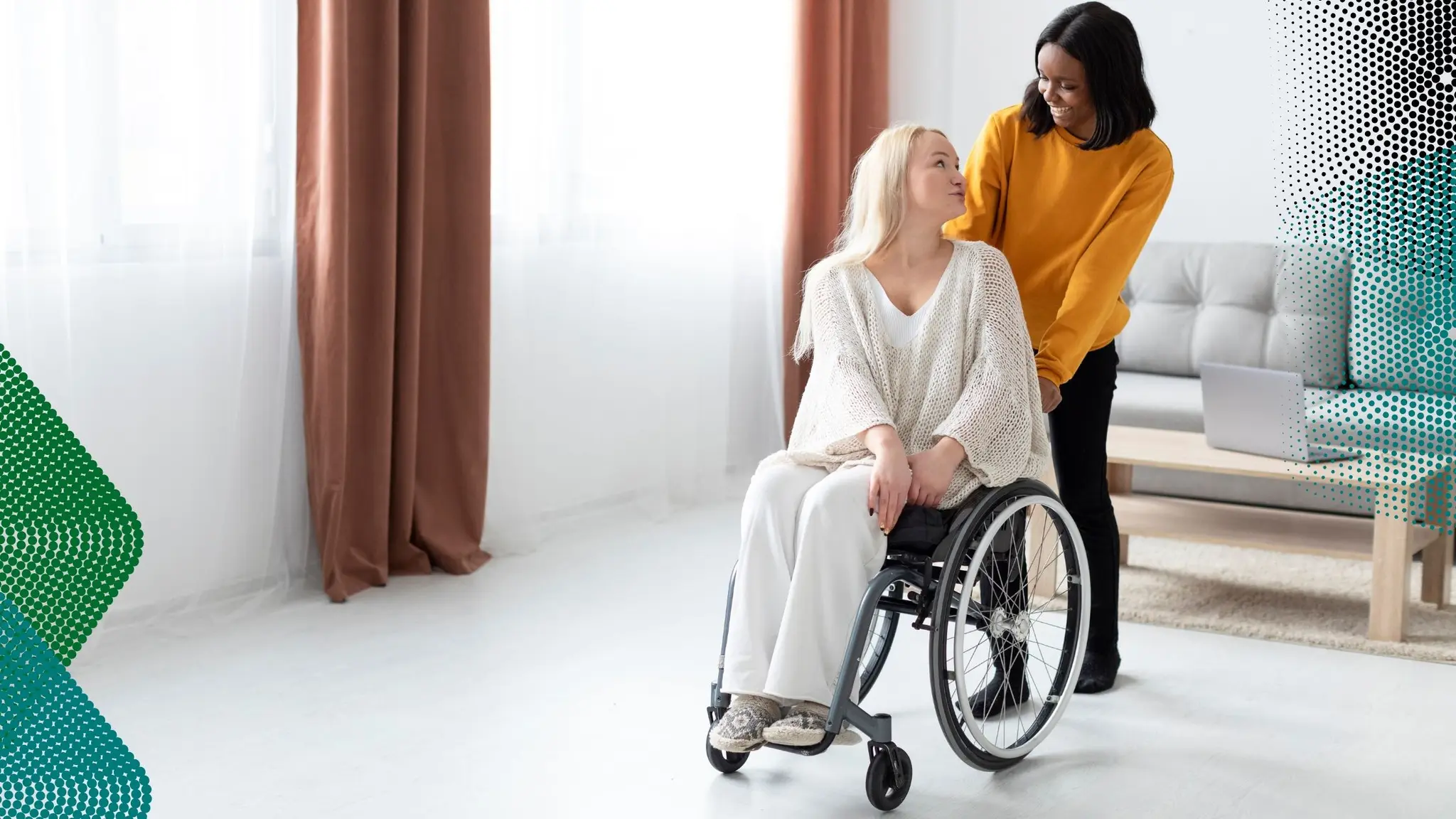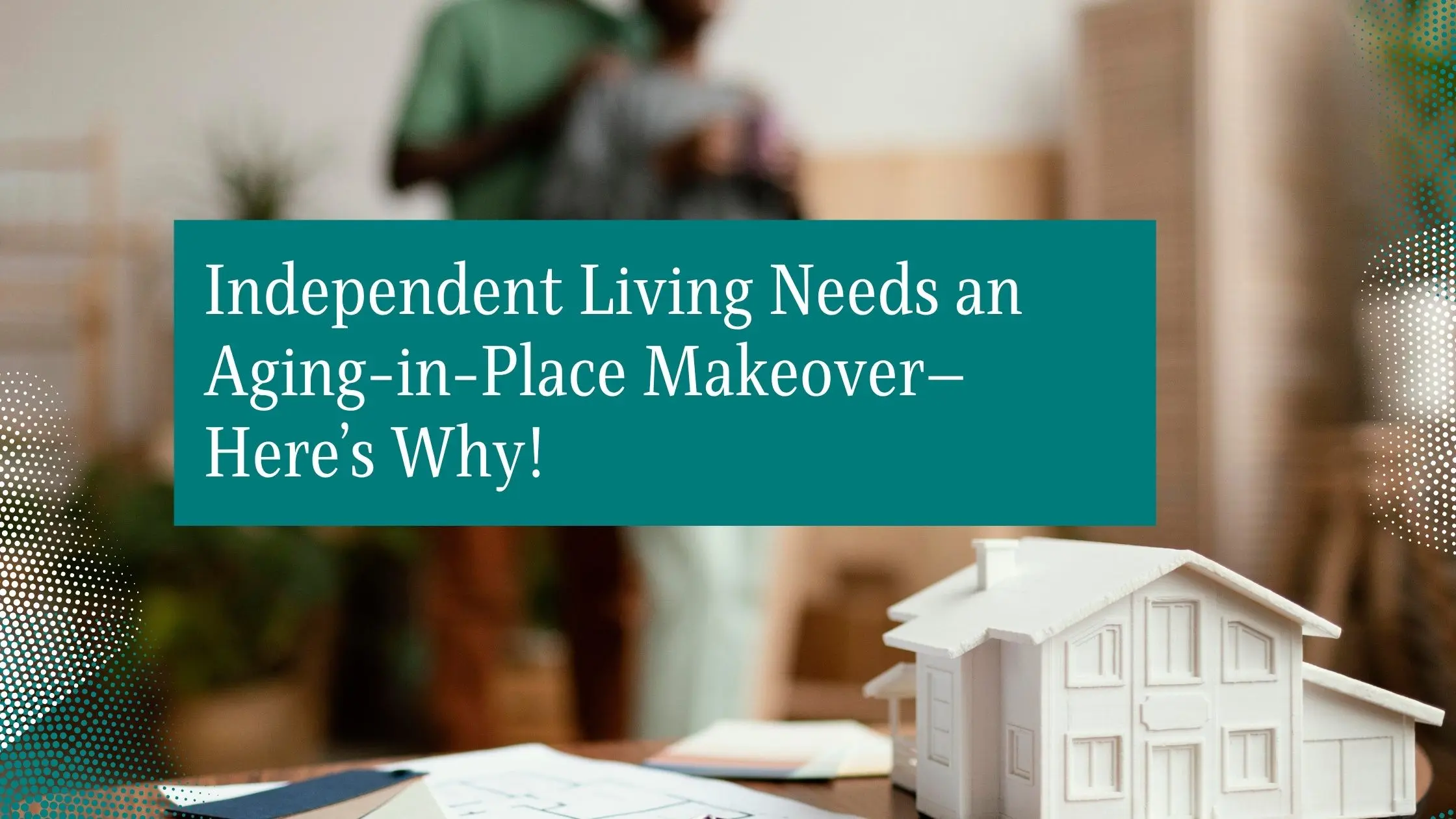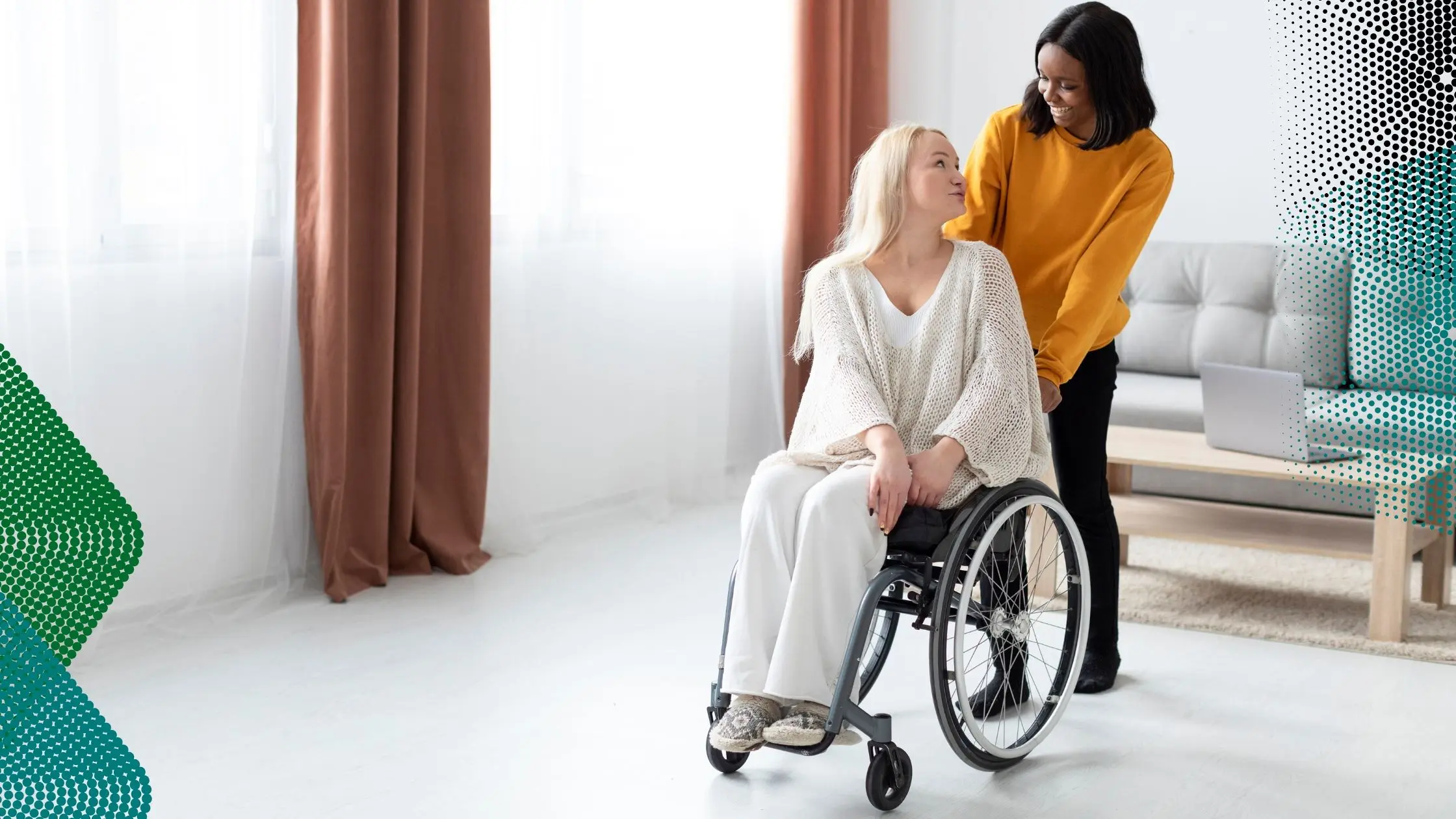Residential Assisted Living: Everything You Need to Know About Senior Housing and Care
Residential Assisted Living: Costs, Benefits & Top Senior Housing Tips You Must Know.

Christian Joshua
Published in Assisted Living
What Is Residential Assisted Living and Who Is It For?
Residential assisted living is a long-term care option for older adults who need help with daily activities but don’t require the round-the-clock medical care offered in a nursing home. It bridges the gap between independent living and skilled nursing facilities, offering seniors a safe, supportive environment that feels like home.
In these settings, residents receive help with personal care tasks—such as bathing, dressing, medication reminders, and meal preparation—while still enjoying a level of independence. This makes residential assisted living ideal for seniors who want to maintain their dignity and autonomy without compromising on safety and comfort.
Get Periodic Updates Straight To Your Inbox. Sign Up To Our Newsletter Today.
Top U.S. Home Care Services for Seniors
Unlike larger senior housing communities, residential assisted living homes often operate in a smaller, home-like setting with fewer residents. This fosters personalized care and stronger relationships with staff and fellow residents. Families can also take comfort knowing that their loved ones are living in a secure, licensed facility that prioritizes wellness, companionship, and dignity.
Whether your loved one is struggling with mobility, memory, or just needs more support than you can provide at home, residential assisted living can offer a compassionate and practical solution.
A Home-Like Environment With Personalized Care
One of the most important benefits of residential assisted living is the sense of home it offers. Unlike large senior housing complexes, these smaller, community-based homes typically house 6 to 10 residents, creating a warm and familiar atmosphere. Seniors aren’t just room numbers—they're treated like family. With fewer residents, caregivers can offer more personalized attention tailored to each person’s needs, whether it’s help with mobility, dressing, or daily hygiene routines.
Personal care in residential assisted living isn’t one-size-fits-all. Care plans are customized and adjusted over time as a resident’s needs change. This level of flexibility ensures that older adults receive exactly the right amount of assistance, without losing their sense of independence.
Safety, Support, and 24/7 Supervision
Safety is a top concern for families choosing senior care. Residential assisted living homes are designed with senior safety in mind—grab bars in bathrooms, non-slip flooring, and emergency response systems are standard. Just as important is the peace of mind that comes from knowing trained staff are available around the clock to help with emergencies or provide overnight assistance.
For seniors with mobility challenges, dementia symptoms, or chronic conditions, having support just steps away reduces risks and boosts confidence.
Encouraging Social Engagement for Seniors
Social isolation can lead to depression and cognitive decline. Residential assisted living homes combat this by encouraging daily interaction. Residents often share meals, participate in group activities like crafts or light exercise, and even celebrate birthdays and holidays together. These routines help seniors maintain a sense of purpose and connection, two key ingredients for mental well-being.
With built-in companionship and structured activities, seniors are more likely to stay active, emotionally balanced, and engaged with life.
How Much Does Residential Assisted Living Cost?
The cost of residential assisted living in the U.S. can vary significantly depending on location, level of care, and amenities. On average, families can expect to pay around $5,350 per month for assisted living services, though this figure can be higher in major cities or lower in rural areas. Unlike nursing homes that may be covered by Medicaid, most residential assisted living costs are paid out-of-pocket.
It’s important to note that while residential assisted living may appear more expensive upfront, the value comes from bundled services like meals, housekeeping, assistance with activities of daily living (ADLs), and 24/7 support. These services provide a safe and supportive environment that helps seniors maintain their quality of life.
What Influences Assisted Living Pricing?
There are several factors that influence pricing in residential assisted living:
- Location – Urban areas typically have higher costs than rural settings.
- Care Level – Seniors needing advanced help with memory care, mobility, or medication management may see higher fees.
- Room Type – Private rooms cost more than shared accommodations.
- Services Included – Some homes include laundry, transportation, or specialized health services, while others charge extra.
Each facility has its own pricing model, so always ask for a detailed breakdown when comparing options.
Financial Help for Families
While Medicare doesn’t cover residential assisted living, there are options that may help:
- Long-term care insurance – Helps cover assisted living and memory care costs if purchased early.
- Veterans benefits – Aid and Attendance is a VA pension that can offset senior housing expenses for qualifying veterans and spouses.
- Medicaid waivers – Some states offer programs that cover part of the cost for eligible individuals.
- State and local assistance – Low-income seniors may qualify for housing subsidies or senior care grants.
- Understanding the costs and planning early can make the transition to residential assisted living much smoother for families.
Top 5 Senior Living Companies to Consider
When researching residential assisted living options, choosing a reputable provider is essential. The U.S. is home to several well-established companies that offer residential assisted living services with a focus on quality care, safety, and comfort.
Some of the top names include:
- Atria Senior Living – Known for its personalized care, Atria operates in over 20 states and offers a strong balance of independence and support for seniors.
- Brookdale Senior Living – As one of the largest senior housing providers in the country, Brookdale offers a wide range of assisted living and memory care options.
- Pacifica Senior Living – Offers smaller residential communities with a home-like feel, ideal for seniors who prefer a quieter setting.
- Five Star Senior Living – Features both large-scale communities and intimate residential homes with a focus on wellness and dignity.
- Sunrise Senior Living – Known for their holistic care approach and specialized memory care programs, especially for those with Alzheimer’s and dementia.
These providers are licensed, regulated, and reviewed regularly to ensure residents receive high-quality care in a safe environment.
What Sets These Providers Apart?
The best residential assisted living providers share a few common traits:
- Personalized Care Plans – They tailor support services to match each resident’s needs and preferences.
- Trained Staff – Caregivers and nurses are trained in elderly care, dementia care, and emergency response.
- Strong Resident Engagement – From meal choices to activity planning, residents are included in decisions that affect their daily lives.
- Transparent Pricing – Clear cost structures help families plan ahead without surprises.
Choosing a provider isn’t just about name recognition—it’s about finding a community that aligns with your loved one’s needs and values. These companies are a great starting point for your residential assisted living search.
How to Choose a Residential Assisted Living Facility
Before selecting a residential assisted living facility, it’s essential to understand what your loved one truly needs—both in terms of health and lifestyle. Some seniors only need help with basic tasks like dressing and medication reminders. Others may require more hands-on support, including mobility assistance or even memory care for early-stage dementia.
Start by talking with your loved one’s physician and conducting a needs assessment. Look at the level of help required for activities of daily living (ADLs) such as eating, grooming, and toileting. Also consider emotional well-being—would your loved one benefit from social interaction, structured routines, or organized activities?
Top U.S. Home Care Services for Seniors
Lifestyle preferences matter too. Does your loved one enjoy quiet settings or more community interaction? Do they prefer private or shared accommodations? Choosing a residential assisted living facility that matches these preferences can significantly impact their happiness and comfort.
Touring and Comparing Senior Housing Options
Once you’ve narrowed down your list, visiting each residential assisted living home in person (or virtually) is a must. During your tour:
- Observe how staff interact with residents.
- Check cleanliness, safety features, and accessibility.
- Ask about daily routines, staff-to-resident ratios, and training qualifications.
- Sample a meal, if possible, and speak with current residents or families.
Also, review state inspection reports and online reviews. Transparency is a good sign of a facility committed to quality care.
Considering Location, Accessibility, and Family Visits
Location plays a critical role in choosing residential assisted living. Being close to family allows for frequent visits, which benefits both residents and loved ones. It also helps in emergencies. Consider proximity to hospitals, public transportation, and community services.
Ultimately, the right facility offers a blend of professional care, personal comfort, and access that supports both residents and their families.
Residential Assisted Living Regulations
In the U.S., residential assisted living facilities are regulated at the state level, not federally. This means the rules, inspection requirements, and licensing processes can vary widely depending on where the facility is located. However, all states require that these homes meet specific standards related to health, safety, staffing, and resident care.
To operate legally, residential assisted living homes must be licensed through the appropriate state agency—often a department of health or aging services. Licensure ensures that the facility meets baseline requirements, including emergency preparedness, staff training, medication management, and record keeping.
Families should always verify that a facility is properly licensed and in good standing with the state. Most states maintain online databases where you can look up inspection histories and any reported violations.
Monitoring Quality and Safety Standards
Beyond licensing, some states also mandate regular unannounced inspections. These inspections help monitor cleanliness, resident rights, food safety, and staff-to-resident ratios. Facilities are also required to develop individualized care plans and keep them updated as residents' needs change.
Families can also rely on ombudsman programs, which serve as third-party advocates for residents in long-term care. These programs help resolve complaints, monitor resident rights, and promote transparency.
Understanding these regulations empowers families to ask better questions and make informed decisions when choosing a residential assisted living home.
Trends Shaping the Future of Residential Assisted Living
Technology is playing a growing role in how residential assisted living homes support seniors. Many facilities now integrate smart home features and health-monitoring tools to enhance safety and improve care. From fall detection sensors and automated medication dispensers to remote monitoring systems that alert staff in real-time, these tools provide added protection without being invasive.
Some communities even use digital platforms for family updates—allowing loved ones to check in on activities, meals, or health records from their smartphones. This shift not only increases transparency but also helps caregivers respond faster to changes in health or behavior.
Artificial intelligence (AI) and data analytics are also beginning to shape how care is personalized. By tracking behavior and health patterns, facilities can adjust services to meet evolving needs more proactively.
Innovative Living Models Like The Green House Project
In response to the growing demand for more personalized, home-like care environments, new models like The Green House Project are gaining traction. These small-scale residential assisted living homes are designed to feel more like a family household than an institution. Each resident has a private room, and meals are cooked in an open kitchen.
Staff in these models often take on blended roles, focusing on both caregiving and companionship. This model promotes dignity, autonomy, and a deep sense of belonging—values that are reshaping expectations for assisted living nationwide.
As baby boomers age, residential assisted living industry will likely continue to evolve, blending traditional care with modern comforts and values.
Frequently Asked Questions About Residential Assisted Living
What is the difference between residential assisted living and a nursing home?
Residential assisted living is ideal for seniors who need help with daily activities like bathing or medication reminders but don’t require constant medical care. Nursing homes, on the other hand, provide 24/7 skilled nursing for individuals with serious medical conditions or rehabilitation needs.
Does Medicare cover residential assisted living?
No, Medicare does not cover room and board in residential assisted living facilities. However, it may cover certain healthcare services provided within the facility, such as physical therapy or skilled nursing if medically necessary.
Can couples live together in residential assisted living?
Yes, many residential assisted living homes offer shared or companion suites for couples. This allows partners to stay together while receiving individualized care based on each person's needs.
Are pets allowed in residential assisted living homes?
Some facilities are pet-friendly, especially smaller, privately operated ones. Policies vary, so it’s important to ask about pet rules during your tour.
What services are typically included in residential assisted living?
Most homes include personal care (help with bathing, dressing, and grooming), meals, housekeeping, laundry, medication management, and social activities. Some also offer transportation and wellness programs.
How do I know if my loved one needs residential assisted living?
If your loved one struggles with personal care, forgets medications, feels isolated, or is no longer safe living alone, residential assisted living could offer the support and community they need.
Can residents transition to a higher level of care if needed?
Many providers offer a continuum of care, allowing residents to transition to memory care or skilled nursing within the same network if their needs increase.
Conclusion: Making the Best Choice for Your Loved One
Residential assisted living offers a balanced approach to senior care—combining personal support, safety, and independence in a comfortable, home-like setting. With services tailored to each resident’s needs and an emphasis on dignity and connection, it’s an excellent option for older adults who need a little extra help but still want to live fully and meaningfully.
As you consider options, take time to research, visit homes, and ask thoughtful questions. The right residential assisted living facility can bring peace of mind and a better quality of life for your loved one and your entire family.

Assisted Living
Independent Living Needs an Aging-in-Place Makeover—Here’s Why!
Learn how independent living communities can deliv...

Assisted Living
Residential Assisted Living: Everything You Need to Know About Senior Housing and Care
Residential Assisted Living: Costs, Benefits & Top...

Assisted Living
The Hidden Gems of Senior Home Care: What Every Family Needs to Know
Top U.S. Home Care Services for Seniors: Costs, Be...